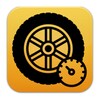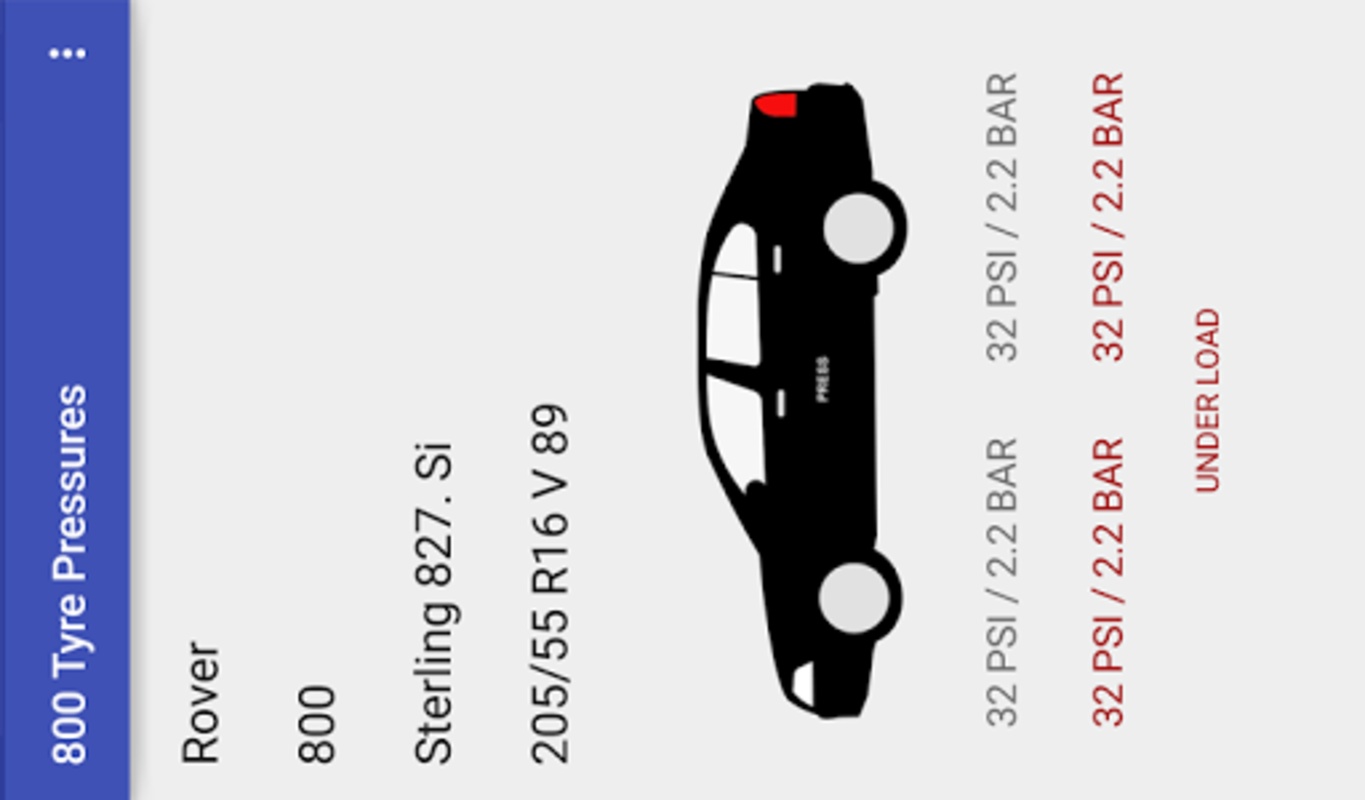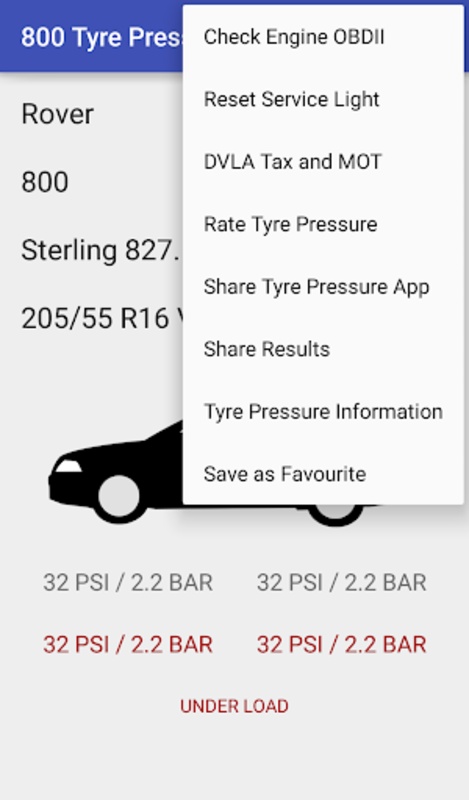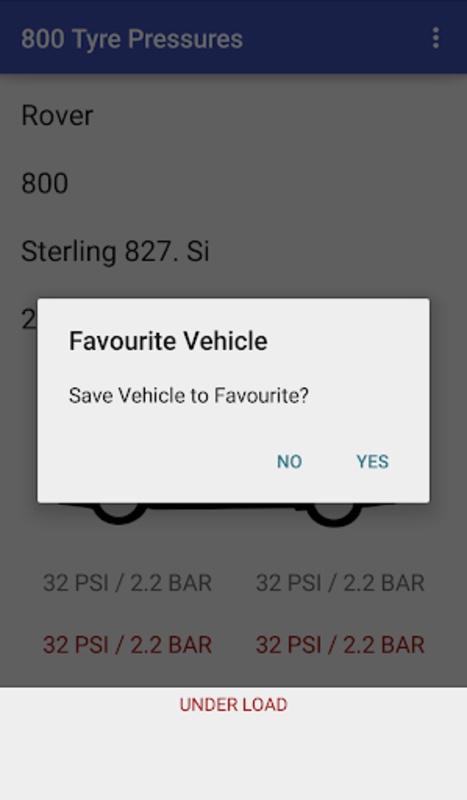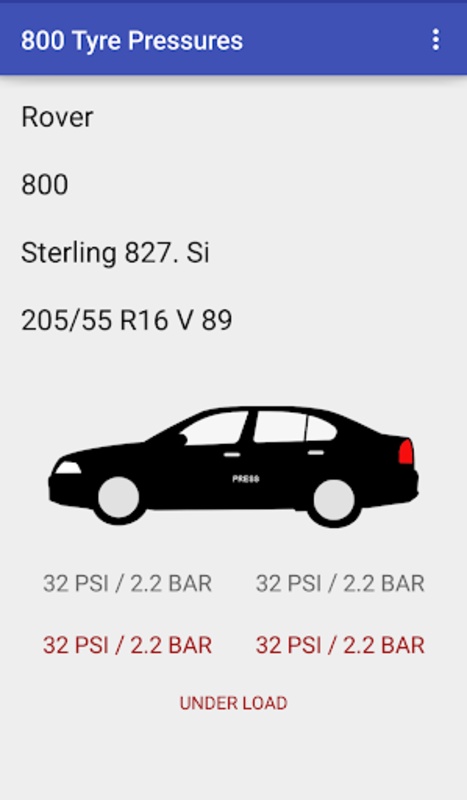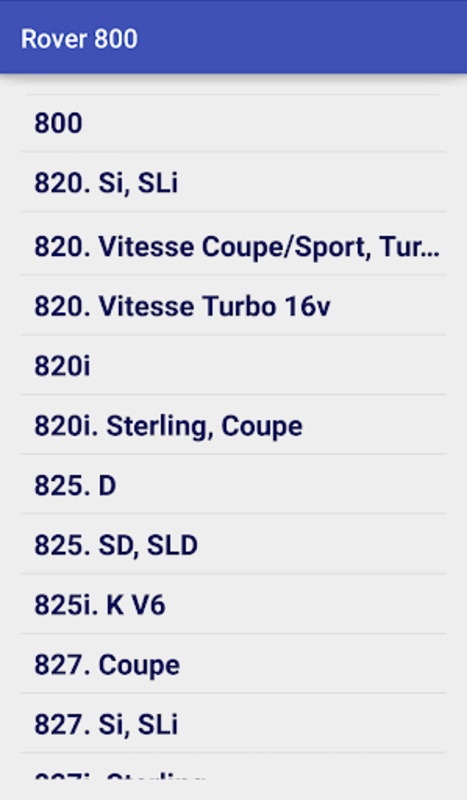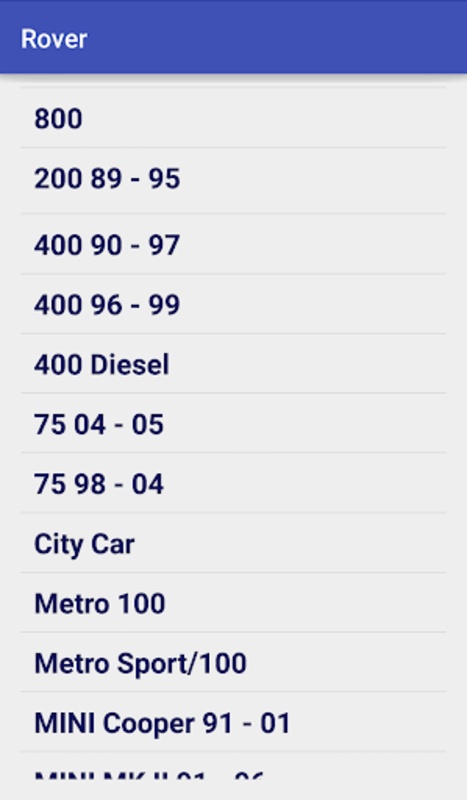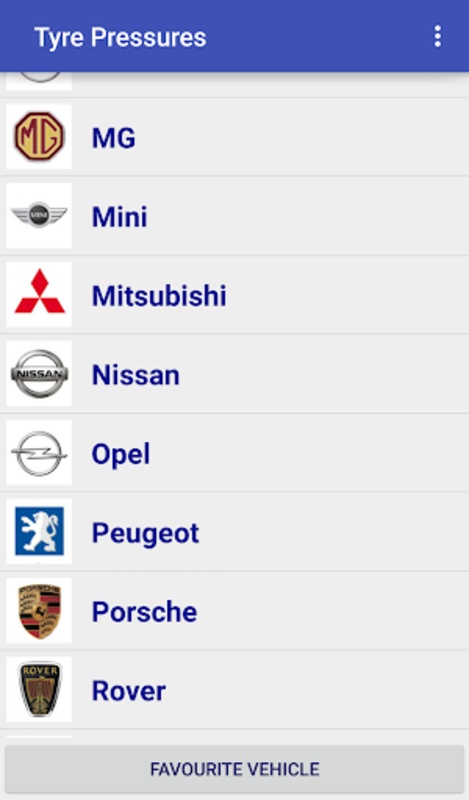Tyre Pressure & Tire Sizes is a must-have application for vehicle owners seeking accurate and reliable tire information. With an extensive built-in database, it allows users to effortlessly look up the correct tire pressures and sizes tailored to their specific vehicle by searching through make, model, engine specifications, and tire variations. The interface is user-friendly, free of full-screen advertisements, ensuring a seamless experience. Importance is placed on providing updated data on European vehicles, with additional models being incorporated continuously. The application enables swift saving of most-used vehicle profiles for quick reference. It's designed to help maintain correct tire inflation, promoting longevity and cost savings by reducing wear and tear.
Discover additional features such as tire and wheel sizes, speed ratings, and load indices, and conveniently share your findings. The application positions itself as an essential tool for proactive vehicle maintenance and informed tire management.
Tyre Pressure & Tire Sizes
Tyre pressure and tire sizes play a crucial role in the performance, handling, and safety of a vehicle. Understanding the relationship between these two factors is essential for maximizing the driving experience.
Tyre Pressure
Tyre pressure refers to the amount of air inside a tire. It is measured in pounds per square inch (psi) or kilopascals (kPa). The correct tyre pressure for a vehicle is typically specified by the manufacturer and can be found on a placard located inside the driver's door jamb or in the vehicle's owner's manual.
Effects of Tyre Pressure on Performance
* Fuel Efficiency: Underinflated tires have a larger contact patch with the road, increasing rolling resistance and reducing fuel efficiency.
* Handling: Overinflated tires provide less grip, resulting in reduced cornering ability and stability. Underinflated tires have more sidewall flex, which can lead to imprecise steering and a loss of control.
* Ride Comfort: Overinflated tires provide a harsher ride, while underinflated tires can feel spongy and unresponsive.
* Safety: Underinflated tires are more prone to blowouts, which can be dangerous at high speeds. Overinflated tires can increase the risk of hydroplaning in wet conditions.
Tire Sizes
Tire sizes are typically expressed in a format such as 225/45R17. The first number (225) indicates the tire's width in millimeters. The second number (45) represents the tire's aspect ratio, which is the height of the sidewall as a percentage of the width. The letter (R) indicates the tire's construction type (radial). The final number (17) is the diameter of the tire's rim in inches.
Effects of Tire Sizes on Performance
* Handling: Tires with a wider contact patch provide more grip, improving cornering ability and stability.
* Acceleration: Tires with a larger diameter have a longer circumference, which means they cover more distance with each rotation. This can result in improved acceleration.
* Ride Comfort: Tires with a higher aspect ratio have more sidewall flex, which provides a more comfortable ride.
* Fuel Efficiency: Tires with a narrower contact patch have less rolling resistance, improving fuel efficiency.
Choosing the Right Tyre Pressure and Tire Sizes
The ideal tyre pressure and tire sizes for a vehicle depend on factors such as the vehicle's weight, suspension, and intended use. Consulting the manufacturer's recommendations is crucial. However, some general guidelines can be followed:
* Tyre Pressure: Maintain the recommended tyre pressure as specified by the manufacturer.
* Tire Sizes: Choose tire sizes that are compatible with the vehicle's suspension and intended use. Larger tires can provide better handling and performance, but they may also affect fuel efficiency and ride comfort.
* Special Considerations: Consider the specific conditions in which the vehicle will be driven, such as off-road or winter driving. Adjust tyre pressure and tire sizes accordingly for optimal performance.
By understanding the relationship between tyre pressure and tire sizes, drivers can optimize their vehicle's performance, safety, and driving experience.
Tyre Pressure & Tire Sizes is a must-have application for vehicle owners seeking accurate and reliable tire information. With an extensive built-in database, it allows users to effortlessly look up the correct tire pressures and sizes tailored to their specific vehicle by searching through make, model, engine specifications, and tire variations. The interface is user-friendly, free of full-screen advertisements, ensuring a seamless experience. Importance is placed on providing updated data on European vehicles, with additional models being incorporated continuously. The application enables swift saving of most-used vehicle profiles for quick reference. It's designed to help maintain correct tire inflation, promoting longevity and cost savings by reducing wear and tear.
Discover additional features such as tire and wheel sizes, speed ratings, and load indices, and conveniently share your findings. The application positions itself as an essential tool for proactive vehicle maintenance and informed tire management.
Tyre Pressure & Tire Sizes
Tyre pressure and tire sizes play a crucial role in the performance, handling, and safety of a vehicle. Understanding the relationship between these two factors is essential for maximizing the driving experience.
Tyre Pressure
Tyre pressure refers to the amount of air inside a tire. It is measured in pounds per square inch (psi) or kilopascals (kPa). The correct tyre pressure for a vehicle is typically specified by the manufacturer and can be found on a placard located inside the driver's door jamb or in the vehicle's owner's manual.
Effects of Tyre Pressure on Performance
* Fuel Efficiency: Underinflated tires have a larger contact patch with the road, increasing rolling resistance and reducing fuel efficiency.
* Handling: Overinflated tires provide less grip, resulting in reduced cornering ability and stability. Underinflated tires have more sidewall flex, which can lead to imprecise steering and a loss of control.
* Ride Comfort: Overinflated tires provide a harsher ride, while underinflated tires can feel spongy and unresponsive.
* Safety: Underinflated tires are more prone to blowouts, which can be dangerous at high speeds. Overinflated tires can increase the risk of hydroplaning in wet conditions.
Tire Sizes
Tire sizes are typically expressed in a format such as 225/45R17. The first number (225) indicates the tire's width in millimeters. The second number (45) represents the tire's aspect ratio, which is the height of the sidewall as a percentage of the width. The letter (R) indicates the tire's construction type (radial). The final number (17) is the diameter of the tire's rim in inches.
Effects of Tire Sizes on Performance
* Handling: Tires with a wider contact patch provide more grip, improving cornering ability and stability.
* Acceleration: Tires with a larger diameter have a longer circumference, which means they cover more distance with each rotation. This can result in improved acceleration.
* Ride Comfort: Tires with a higher aspect ratio have more sidewall flex, which provides a more comfortable ride.
* Fuel Efficiency: Tires with a narrower contact patch have less rolling resistance, improving fuel efficiency.
Choosing the Right Tyre Pressure and Tire Sizes
The ideal tyre pressure and tire sizes for a vehicle depend on factors such as the vehicle's weight, suspension, and intended use. Consulting the manufacturer's recommendations is crucial. However, some general guidelines can be followed:
* Tyre Pressure: Maintain the recommended tyre pressure as specified by the manufacturer.
* Tire Sizes: Choose tire sizes that are compatible with the vehicle's suspension and intended use. Larger tires can provide better handling and performance, but they may also affect fuel efficiency and ride comfort.
* Special Considerations: Consider the specific conditions in which the vehicle will be driven, such as off-road or winter driving. Adjust tyre pressure and tire sizes accordingly for optimal performance.
By understanding the relationship between tyre pressure and tire sizes, drivers can optimize their vehicle's performance, safety, and driving experience.

